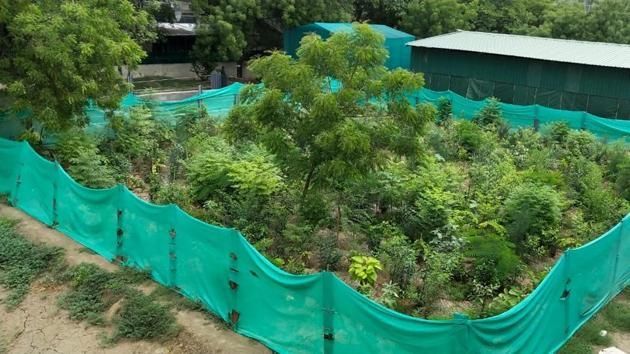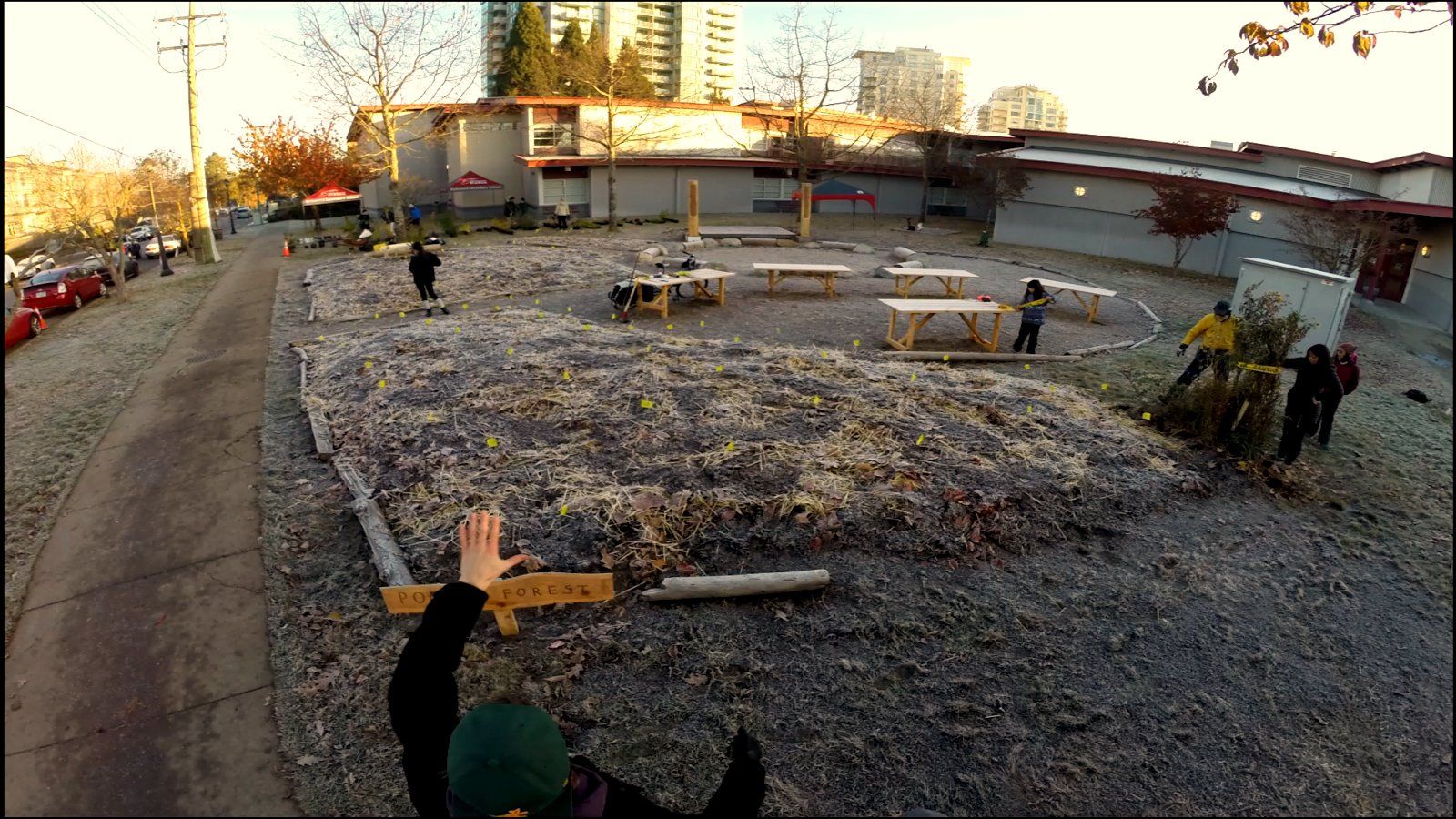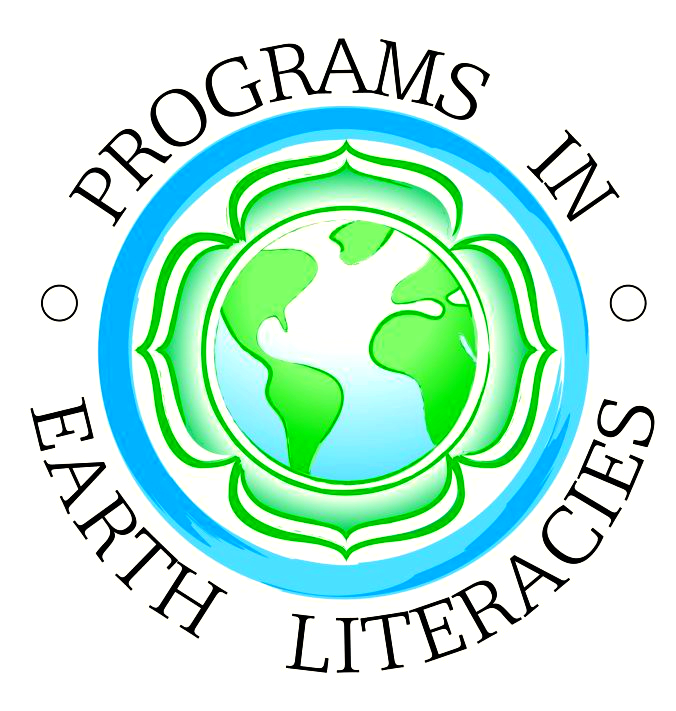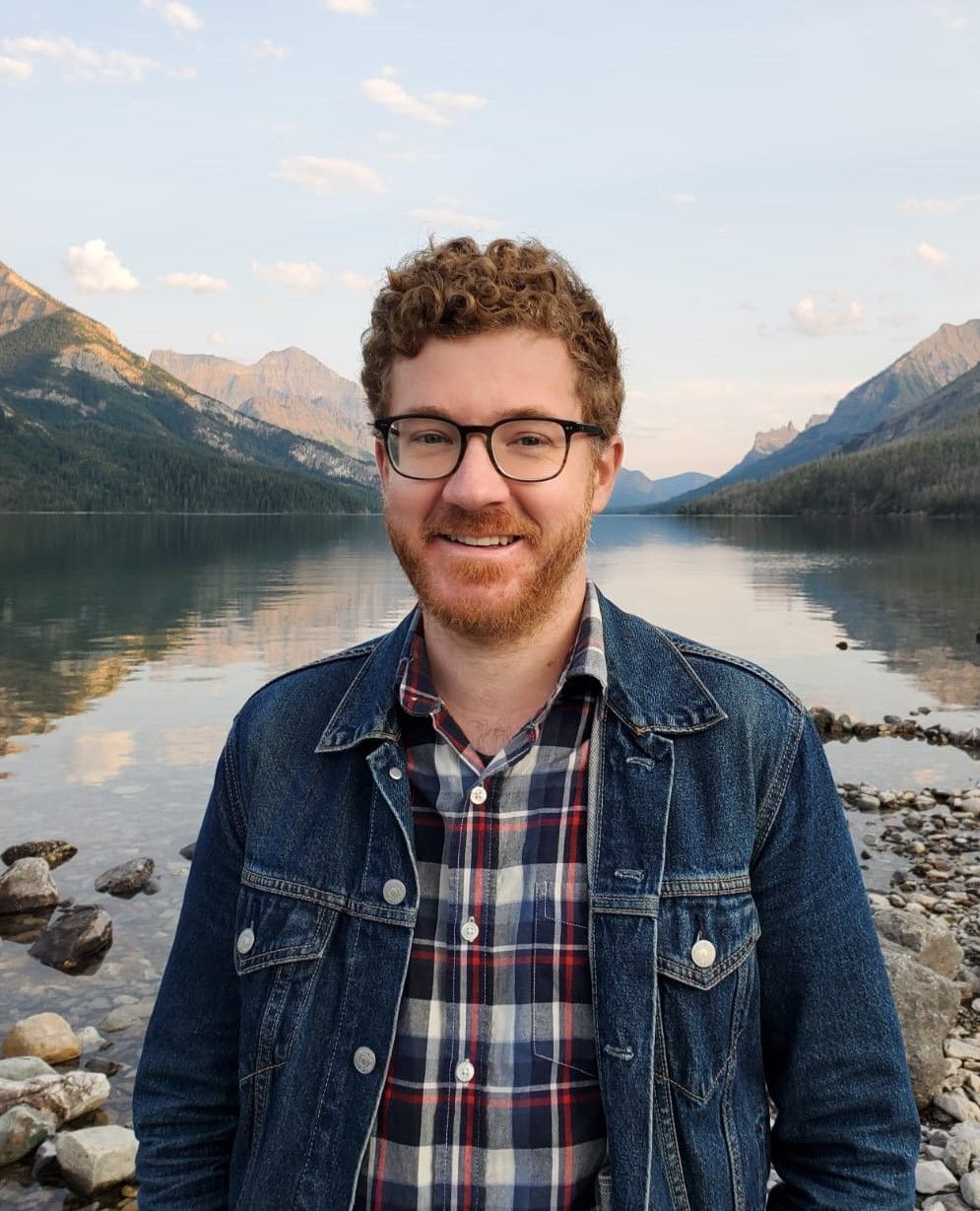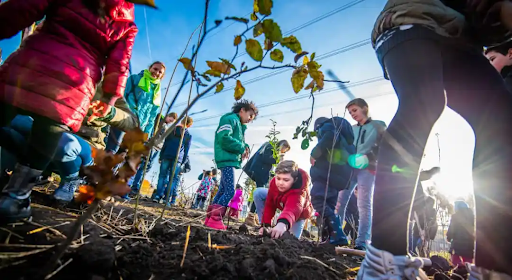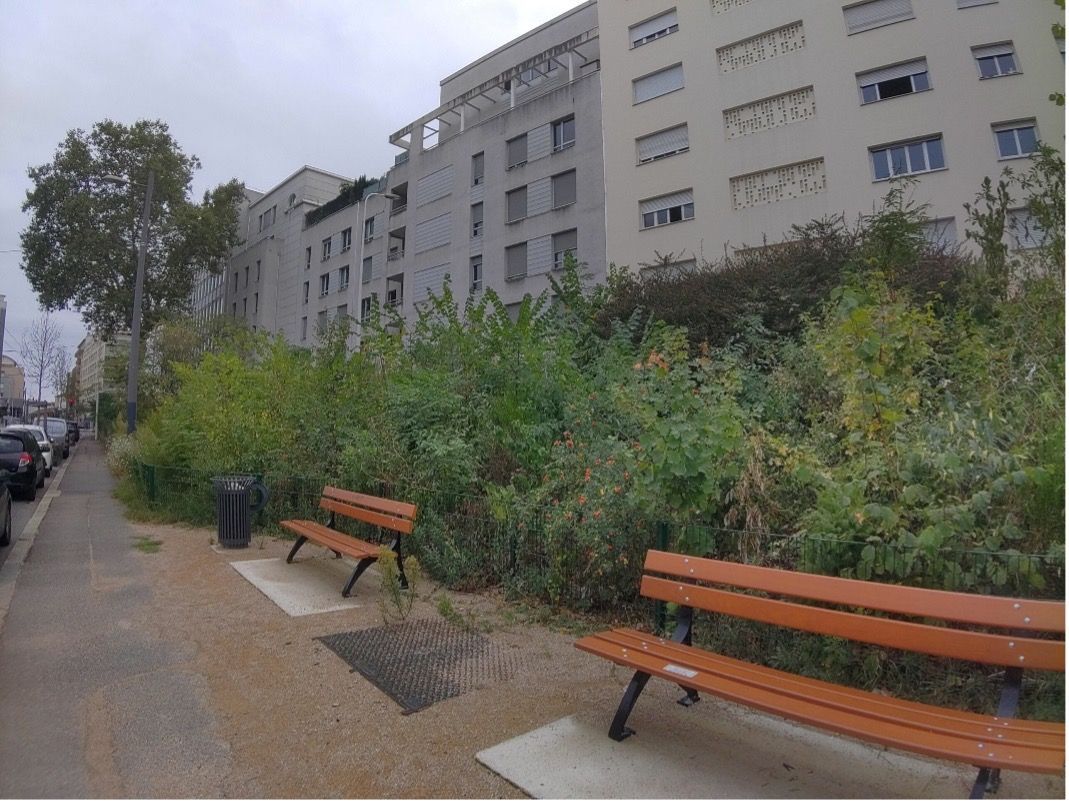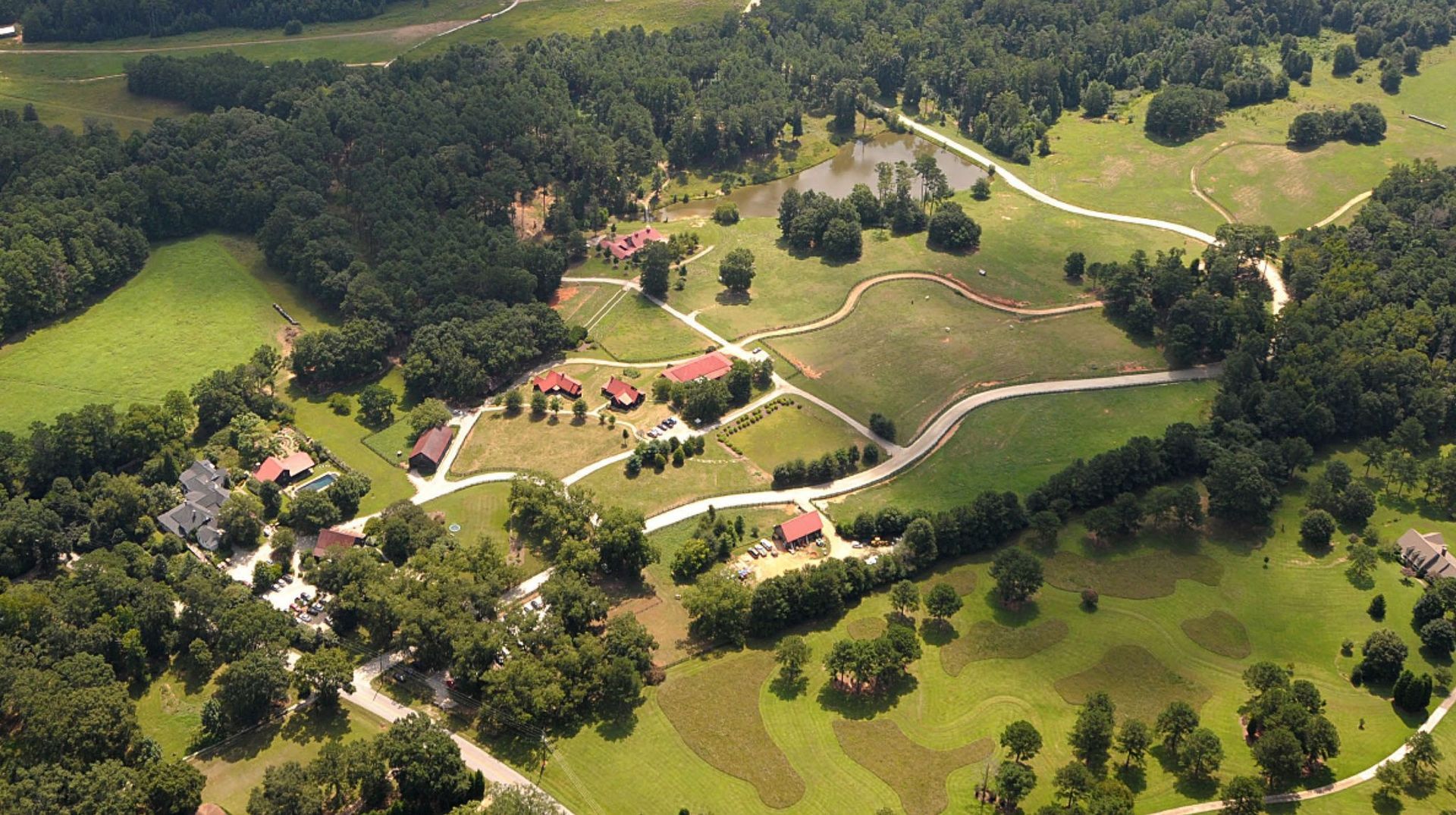Bio: Sean Steele is a writer, educator, musician, and academic. He holds an MA in the humanities from York University and a BA in philosophy and history from Concordia University. He is currently writing a PhD thesis that explores the emergence of the sacred within the context of secular music festivals. His scholarly writing has appeared in Arts and Humanities in Higher Education, The American Studies Journal, and The Journal of Unschooling and Alternative Learning. Sean works as the research lead for Seedlings Forest Education, an organization that provides outdoor educational programs for children. He is an outdoor enthusiast who loves to camp, hike and climb in the forests and mountains of Vancouver Island.
Earth Day Miyawaki 2024 - Journeying into Miyawaki Forests - Blog Post 7
A new Earth Stories Blog exploring Miyawaki Forests
Blog Post #7 with Outdoor Educator Sean Steele
Recently I was invited by the Green Party of Canada (Saanich-Gulf Islands) to present on the Miyawaki method. The event took place on April 21st at the Star Cinema in Sidney, BC. I was joined by Bruno Vernier, a permaculturalist who has done formal training in the Miyawaki method and is director of the Garden City Conservation Society in Richmond, BC. As part of Earth Day events, our presentation was focused on informing the public about the Miyawaki method and giving Bruno the opportunity to talk about the mini-forests he has helped plant. Elizabeth May, the Leader of the Green Party of Canada, and Adam Olsen, Green Party MLA and former interim Leader of the Green Party of BC, also spoke at the event.
The event was organized by Green Party member Debra Kelly who also served as the MC. She set things in motion by playing Shubhendu Sharma’s excellent TED Talk on Miyawaki forests – the very same TED Talk that first got me interested in this approach. After watching this great introduction to the Miyawaki method, Bruno and I gave our presentation.
In the image above, Bruno and I can be seen presenting on the right, and the topics we discussed can be seen on the screen. We provided some background of who Akira Miyawaki was, how he developed his method of planting, and shared some benefits of planting mini-forests in urban areas. I then talked briefly about tree equity and the ways Miyawaki forests can contribute to creating green spaces in lower-income neighbourhoods in cities.
Bruno then took the lead and guided the audience through a series of photographs of the four Miyawaki forests he has helped plant in Richmond (two examples are provided below). In the final portion, Bruno and I shared a few locations where audience members can buy the native species of trees and shrubs needed to plant a Miyawaki forest. We then talked briefly about the recent free Miyawaki method training course now offered through Green Communities Canada. We ended our talk with a question and answer period.
After our presentation, Bruno led a small group of participants to a patch of grass in front of City Hall in Sidney to share more of his knowledge about how to survey a potential plot of land suitable for a Miyawaki forest. Together, we chatted about different areas around us that might serve and discussed various issues we might meet when digging in a particular area. This gave people, including me, a realistic idea of the challenges that people can face when planning a site. Preparing the soil for a Miyawaki forest means digging down 1 metre (3 feet), which is deep enough to come across pipes or electrical wires. These practical matters need to be taken into consideration, especially in the kinds of urban environments where I hope to see new Miyawaki forests.

Here is a photo of us (Bruno on the right and me on the left) in front of City Hall standing on one of the patches of grass that served as a potential planting site we used to focus the conversation.
Overall, the event was a success. It was attended by approximately 80 people, and members of the audience seemed engaged. Several people asked questions during our presentation which spurned good discussions, and I hope that people left both informed and inspired.
For me, the event was a success because I got to learn more about Bruno’s Miyawaki forests. As previously covered in an Earth Literacies blog post by Elaine Decker, the first Miyawaki forest in BC was planted with Bruno’s help at Richmond Secondary School. Two more were then planted on grounds within Terra Nova Rural Park. Most recently, the Garden City Conservation Society and a team of volunteers planted a Miyawaki forest in Garden City Park.
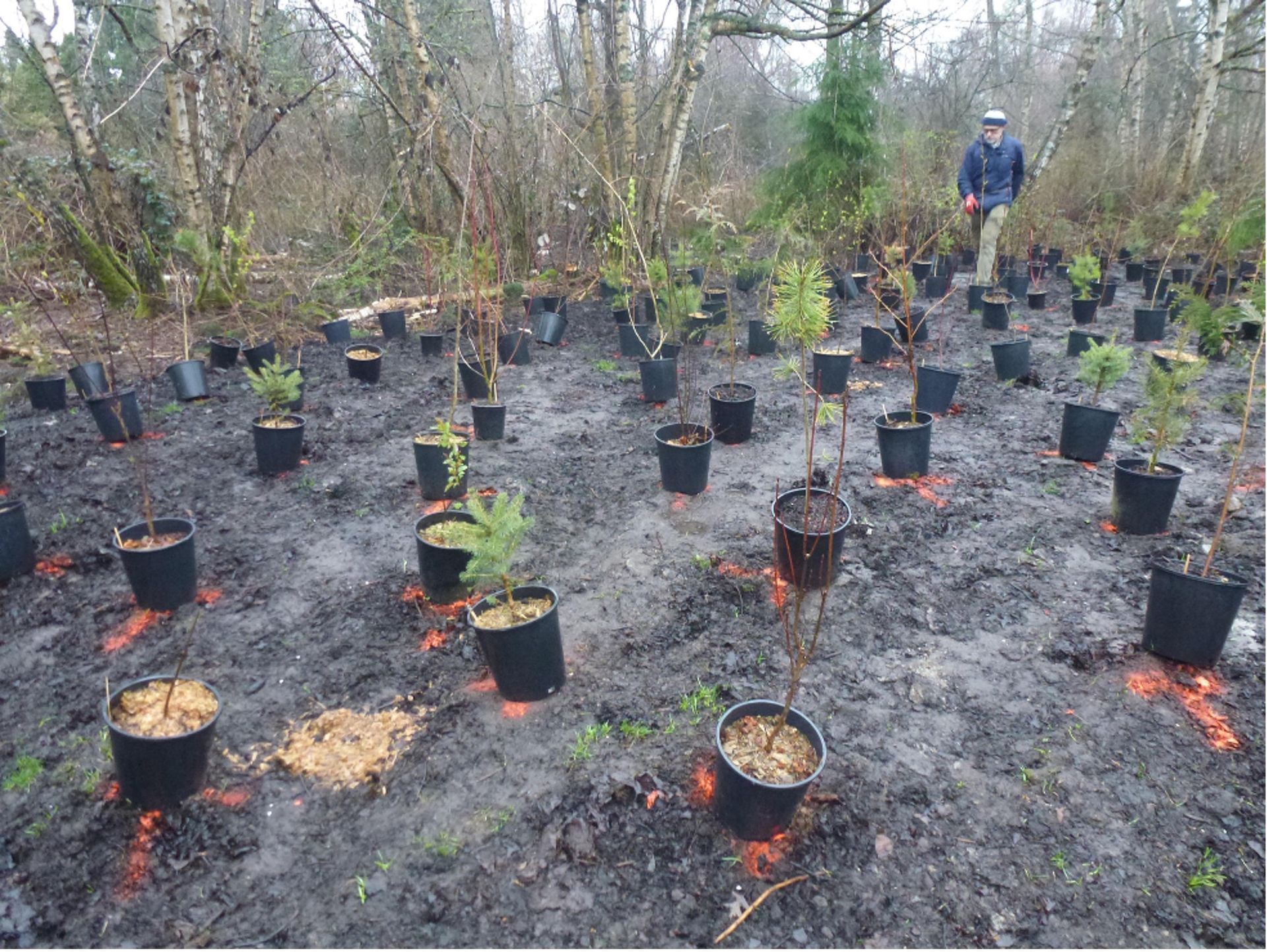
This image shows the different species spaced out on the planting site. Bruno can be seen checking that everything is in place.
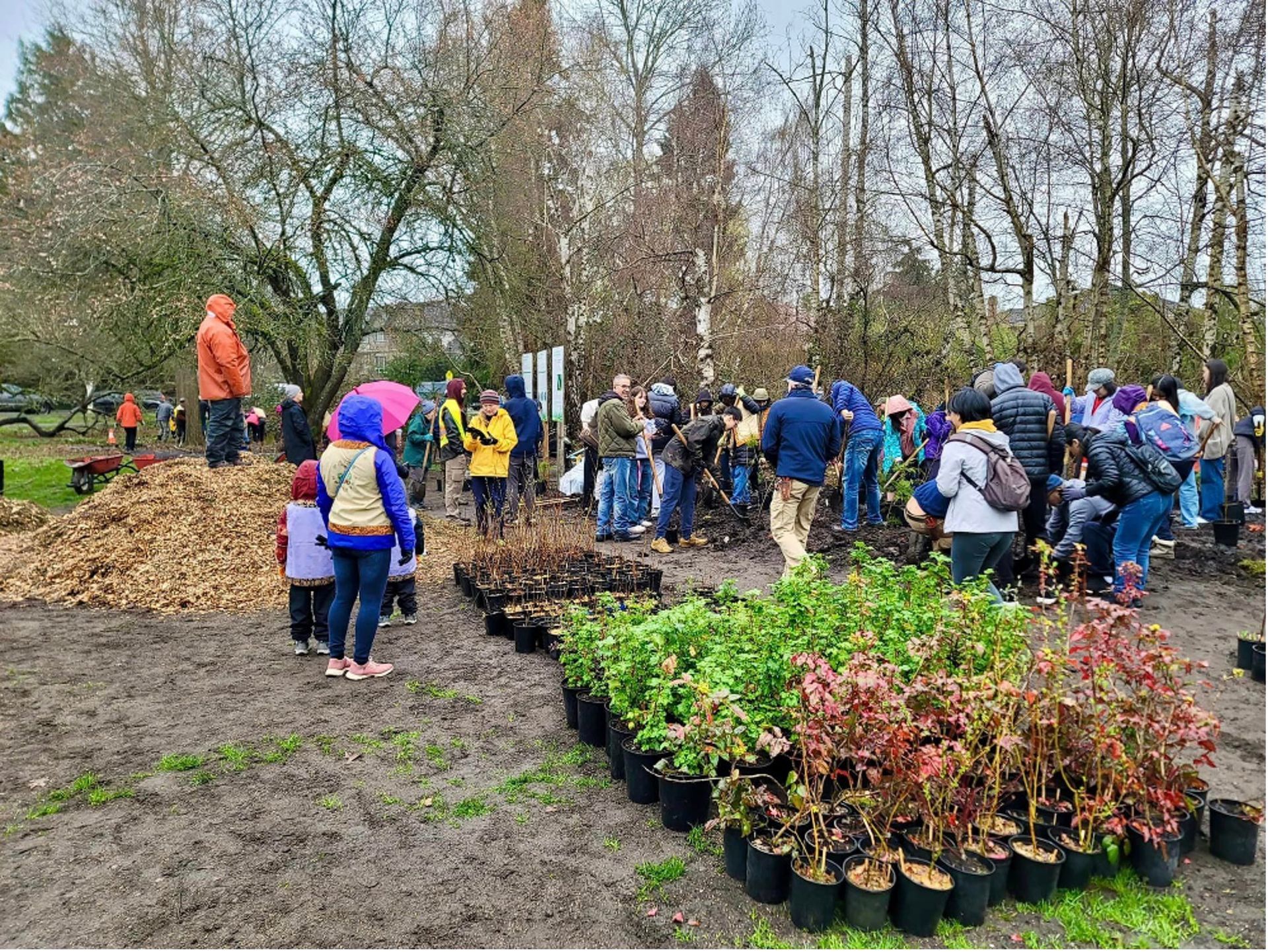
This image shows the group of volunteers who came to help transfer those potted trees into the ground and create the fourth Miyawaki forest in Richmond.
I was inspired by Bruno’s practical approach, and our talk benefitted greatly from his hands-on experience. I want to follow in Bruno’s footsteps and one day start to gain some hands-on experience as part of a team of volunteers. I am excited to hear about more Miyawaki forests being planted in cities across Canada and can only hope that our talk will motivate people to start thinking about ways to create their own mini-forest.
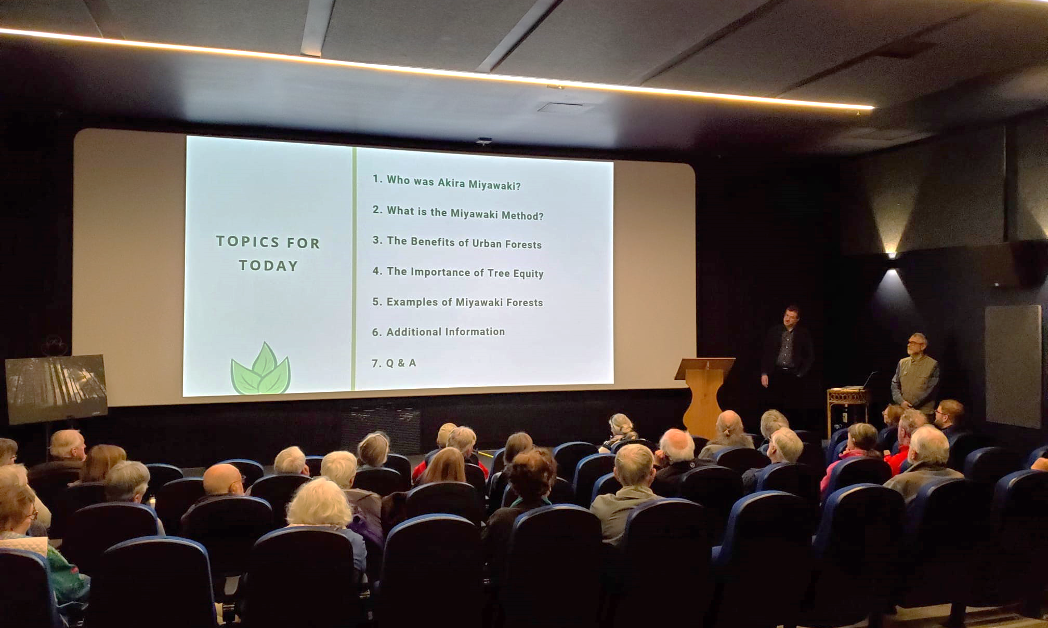
For the latest blog submissions to Earth Stories from Sean, as he documents his Miyawaki Forest Journey (and how you might do the same in your 'backyard'), check our Earth Stories Blog every couple weeks and / or subscribe to the Programs in Earth Literacies Newsletter where new articles will be posted and delivered via email.
